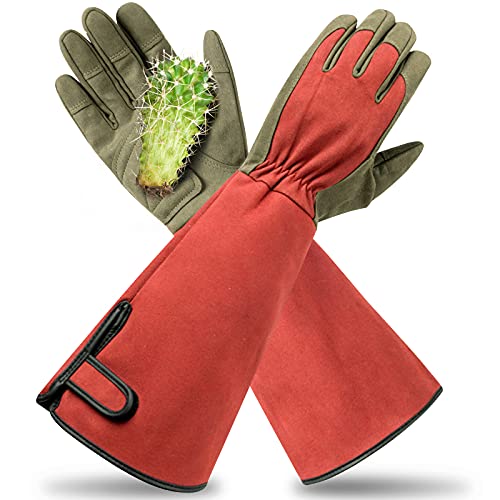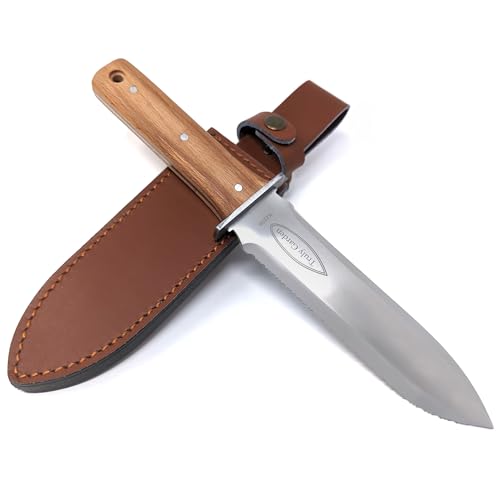Is the viral salt hack the secret to a weed-free patio? A garden expert warns of irreparable, long-term damage – plus reveals the safest way to get results
You might have seen gardeners on TikTok or Instagram using salt to kill weeds in pavers, but this hack should be avoided at all costs
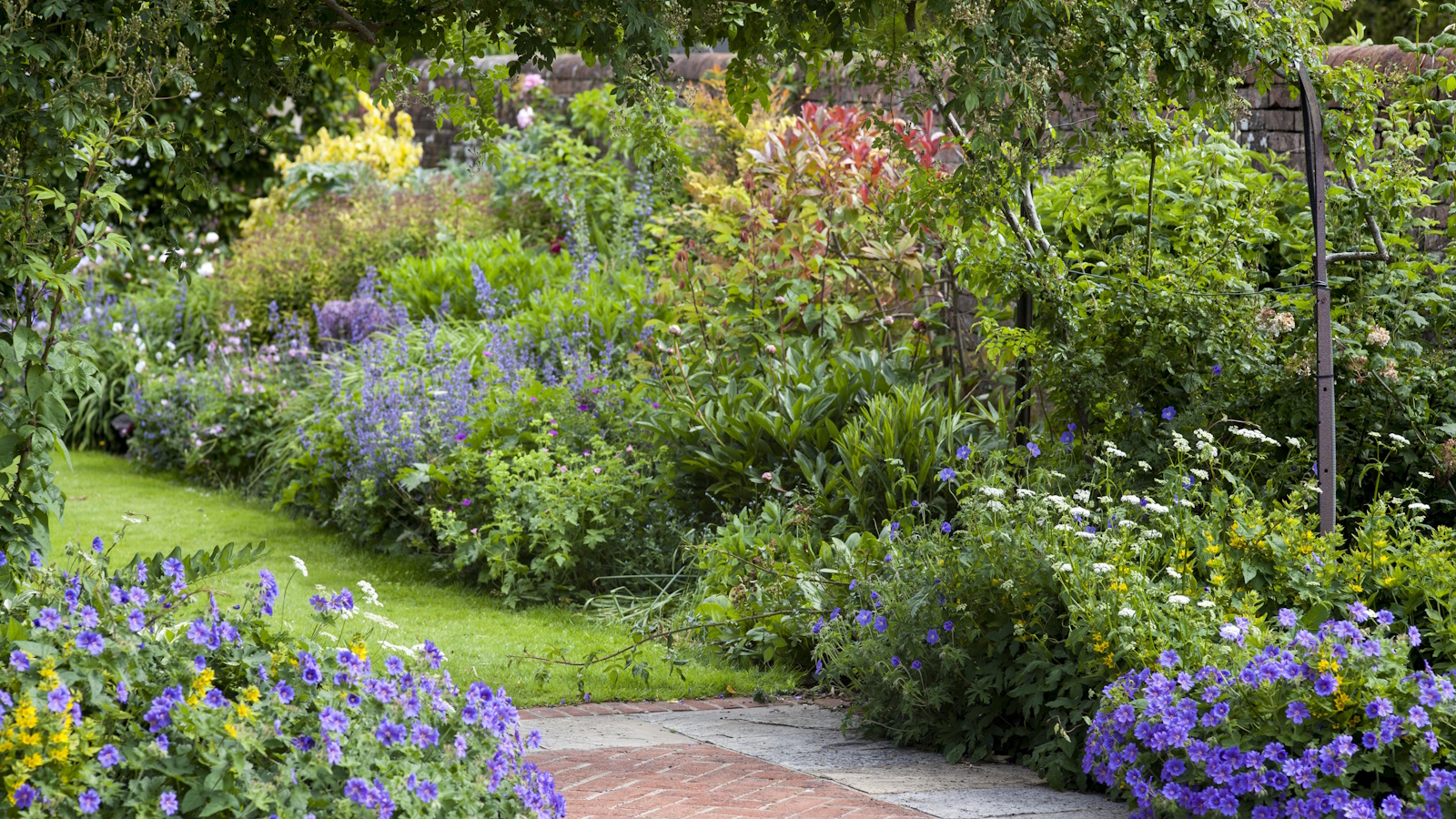

Weeds are a common gripe for all gardeners. Whether you are trying to clear dandelions from the lawn or dealing with chickweed and clover pushing through the gaps in your patio, chances are you’ve tried several different techniques. If you have looked online for a quick, cost-effective fix, you may have come across the viral salt hack that claims to kill weeds fast.
But as with all miracle solutions circulating online, it’s worth pausing to consider the impact of spreading kilograms of salt across your paving or garden paths. While this might seem like a natural, chemical-free alternative to harsh commercial weedkillers, is it really worth the risk?
As a professional gardener, I can understand the appeal of a quick fix. Keeping your yard neat, especially in spring and summer, can feel like a never-ending task. But if you’re battling invasive weeds, think twice before reaching for salt. While this might offer short-term results, using salt to kill weeds in pavers comes with serious long-term consequences.
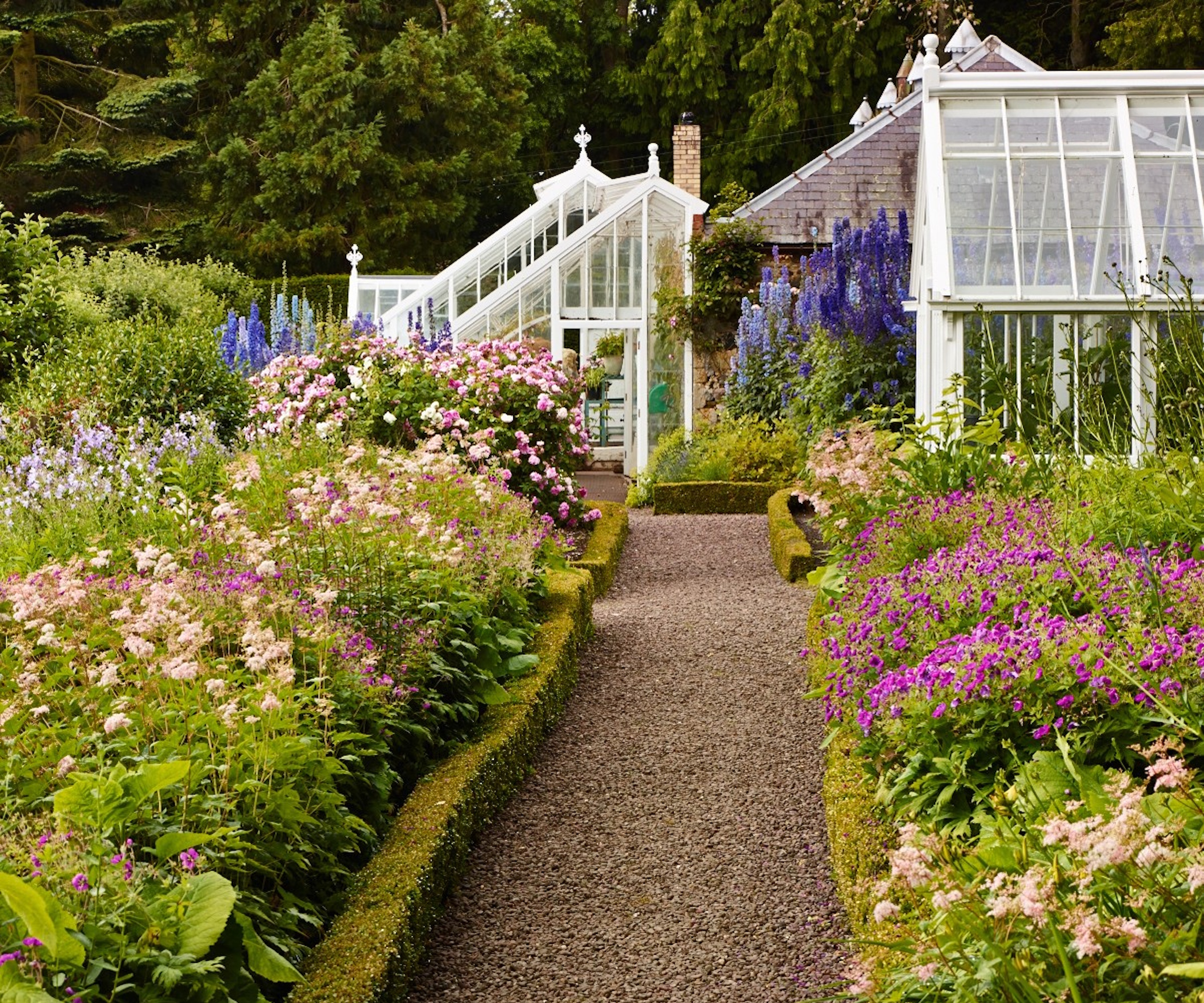
Using salt to kill weeds in pavers - is it safe?
In most gardens, weeds can be found growing through patio slabs and pathways. If you have been searching for how to remove weeds from pavers - and quickly - you will have stumbled upon recommendations to use salt. However, I caution you against this approach.
In my opinion, this supposed low-effort-high-reward strategy is to be avoided, or you risk causing long-term damage to your yard. While it is true that salt kills weeds by causing dehydration and disrupting their ability to absorb water, this will also impact the wider landscape in your yard, leaching into the soil and damaging your hardscaping.
Salt can damage pavers
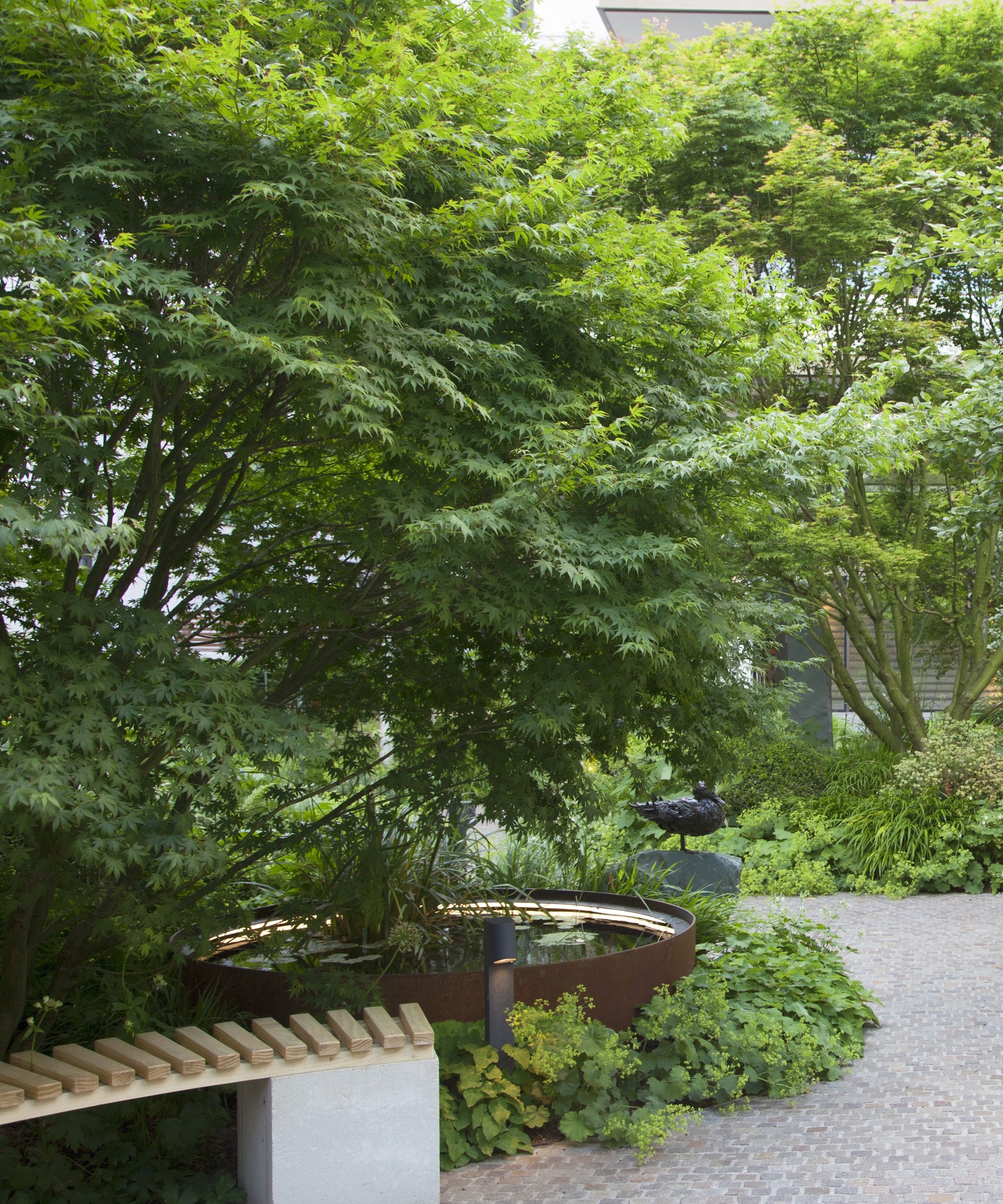
Salt may be a natural substance, processed either by evaporating seawater or via large salt mines (the largest in the US is found in Livingston County, New York), yet that does not mean that it can be freely used without any worry of causing harm.
Salt, or sodium chloride, is a corrosive product, and when using salt to kill weeds in pavers - whether granite, sandstone or porcelain - regular and repeated usage will almost certainly lead to wear and tear.
Salt draws moisture, which can cause problems in northern regions - such as US hardiness zones 3 to 5 - with freezing and thawing during winter leading to cracking, especially in paved areas that were laid many years ago.
You may also notice discoloration or white powdery residue on your paving slabs, otherwise known as efflorescence, which is commonly seen on newly built properties with white dust forming on bricks.
So, while your paving may look cleaner and weed-free in the short term, using salt to get rid of weeds can compromise the integrity of your paving and pathways and end up costing you far more in the long run.
Salt harms soil health

While damaging your hardscaping is undoubtedly a concern, by far the biggest issue with using salt to kill weeds in pavers is the leaching process, whereby salt travels into the surrounding areas and negatively impacts soil health.
Indeed, targeted use of salt is impossible, and with heavy rainfall, large concentrations will move with surface runoff, traveling from your pathways and patios into borders and beds, leaving them inhospitable for all plant life and beneficial soil microbes.
So, if you have a lawn, flower beds or vegetable garden near your paving, over time you will notice plants struggling, wilting, browning, or even dying. If you want to support biodiversity and wildlife garden ideas in your plot, this is one viral hack you should avoid.
Instead, the safest way to achieve a weed-free patio is also the simplest: the age-old approach of weeding by hand. While this does require a little elbow grease, using something like this Eadwiella paving weeder, available to order from Amazon, will make the job much easier. And, hey, who knows, you might even find the process calming or therapeutic!
FAQs
Weeding by hand is hard on my knees and back - what can help?
Gardening can often cause issues when bending over or kneeling on hard surfaces. Many tools can help, such as this long-handled weeding tool, available from Amazon, which allows you to remove weeds without any bending over. In addition, I would always advise any gardener, regardless of age, to invest in a garden kneeler, which can really help to reduce pressure and pain on the knees. Try this garden kneeler, available from Walmart, which has handy bars to help with getting up and going down.
While you might want to purge your yard of problem nettles, brambles or docks, perhaps we should all be rethinking weeds. After all, are a few dandelions on the lawn such a bad thing? Is clover growing through paving gaps really the end of the world? Of course, you might want your patio or pathway to be weed-free for safety or aesthetic reasons, but leaving even a small amount of space at the bottom of your plot for weeds to grow can help to support pollinators and other wildlife in your yard.
Shop weeding accessories
Sign up to the Homes & Gardens newsletter
Design expertise in your inbox – from inspiring decorating ideas and beautiful celebrity homes to practical gardening advice and shopping round-ups.

Thomas is a Content Editor within the Gardens Team at Homes and Gardens. He has worked as a professional gardener for both public spaces and private estates, specializing in productive gardening, growing food and flowers. Trained in Horticulture at the Garden Museum, he has written on gardening and garden history for various publications, including The English Garden, Gardens Illustrated, Hortus, The London Gardener and Bloom. He has co-authored a Lonely Planet travel book, The Tree Atlas, due out in 2024.
You must confirm your public display name before commenting
Please logout and then login again, you will then be prompted to enter your display name.
-
 The 5 worst things you can do to your fridge – these will drive up energy costs and result in pricey and regrettable repairs
The 5 worst things you can do to your fridge – these will drive up energy costs and result in pricey and regrettable repairsIt's crucial to swerve these blunders, appliance experts warn
By Ottilie Blackhall Published
-
 Orange and green is the bold color pairing quietly transforming homes in 2025 – here's 4 reasons why
Orange and green is the bold color pairing quietly transforming homes in 2025 – here's 4 reasons whyInterior designers are making the orange and green combination work wonders – this is how you can too
By Sophia Pouget de St Victor Published
-
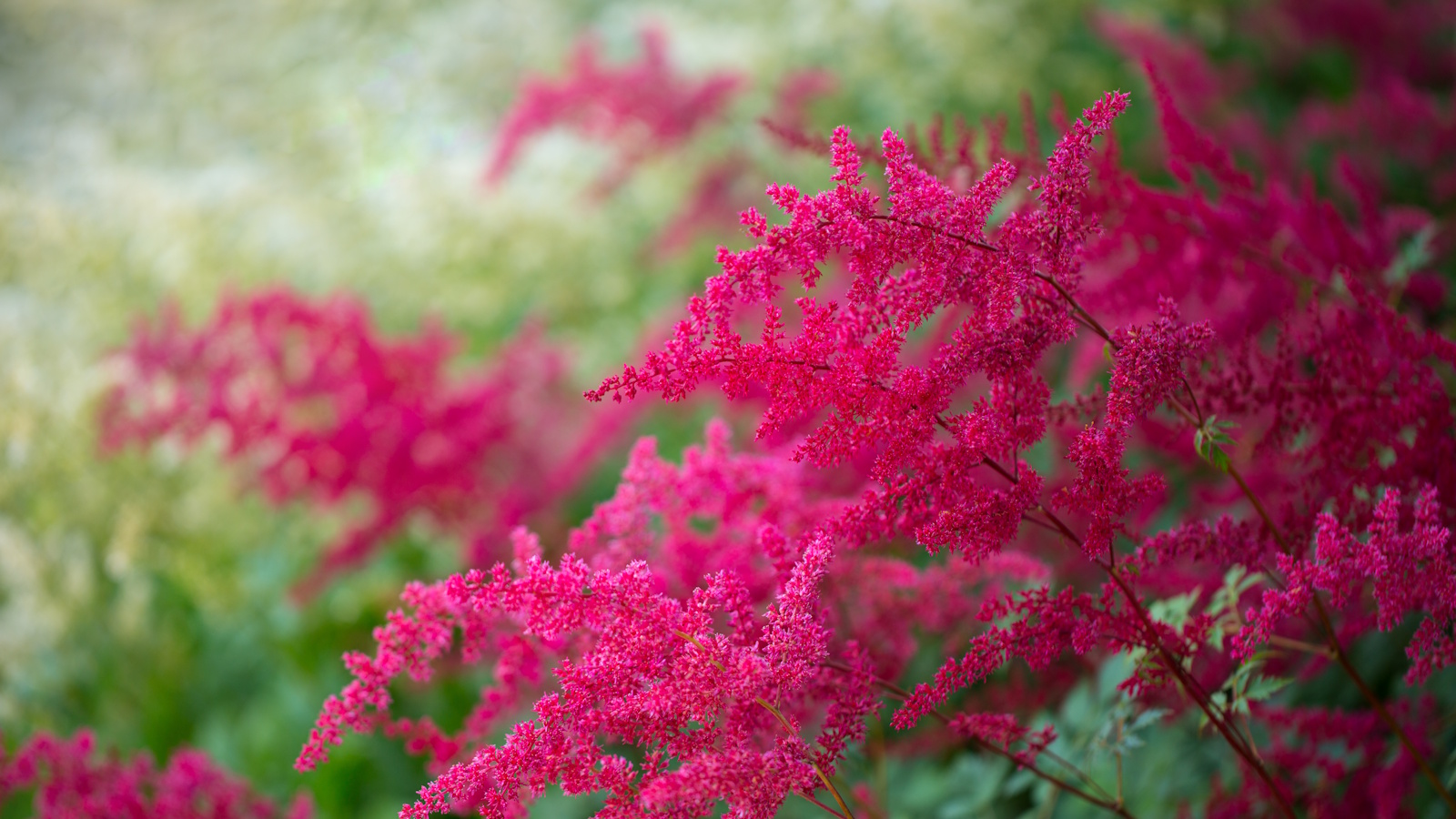 How to grow astilbe – expert advice on cultivating this shade-tolerant flowering perennial
How to grow astilbe – expert advice on cultivating this shade-tolerant flowering perennialShade-tolerant and pest-resistant - astilbe are hardy and tough perennials that can thrive in many settings
By Ellen Wells Published
-
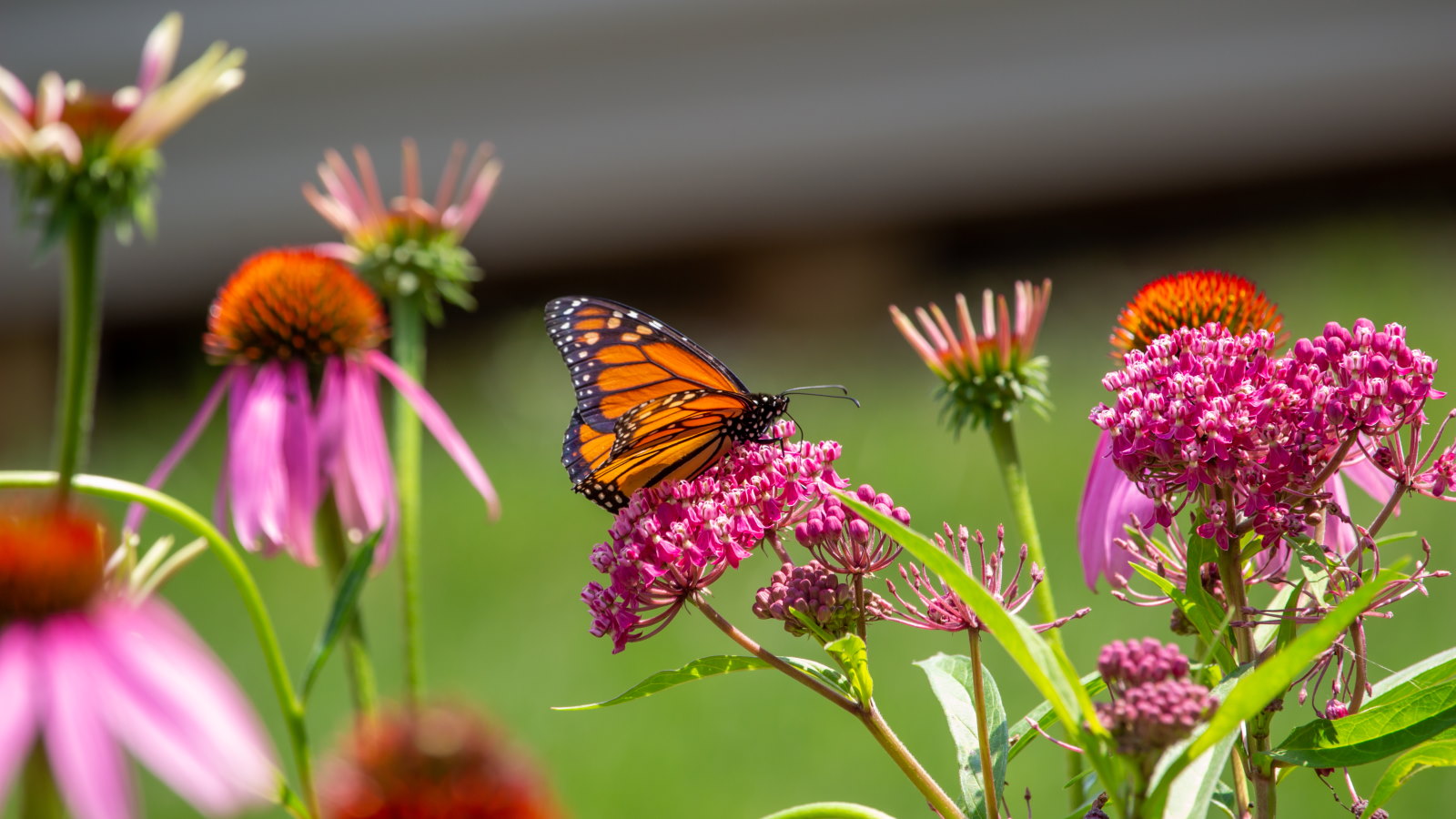 7 native perennials to plant in April – for glorious flowering displays to attract bees, butterflies, and hummingbirds
7 native perennials to plant in April – for glorious flowering displays to attract bees, butterflies, and hummingbirdsDiscover some of the best perennials to plant in April to make your garden a hotspot for wildlife
By Drew Swainston Published
-
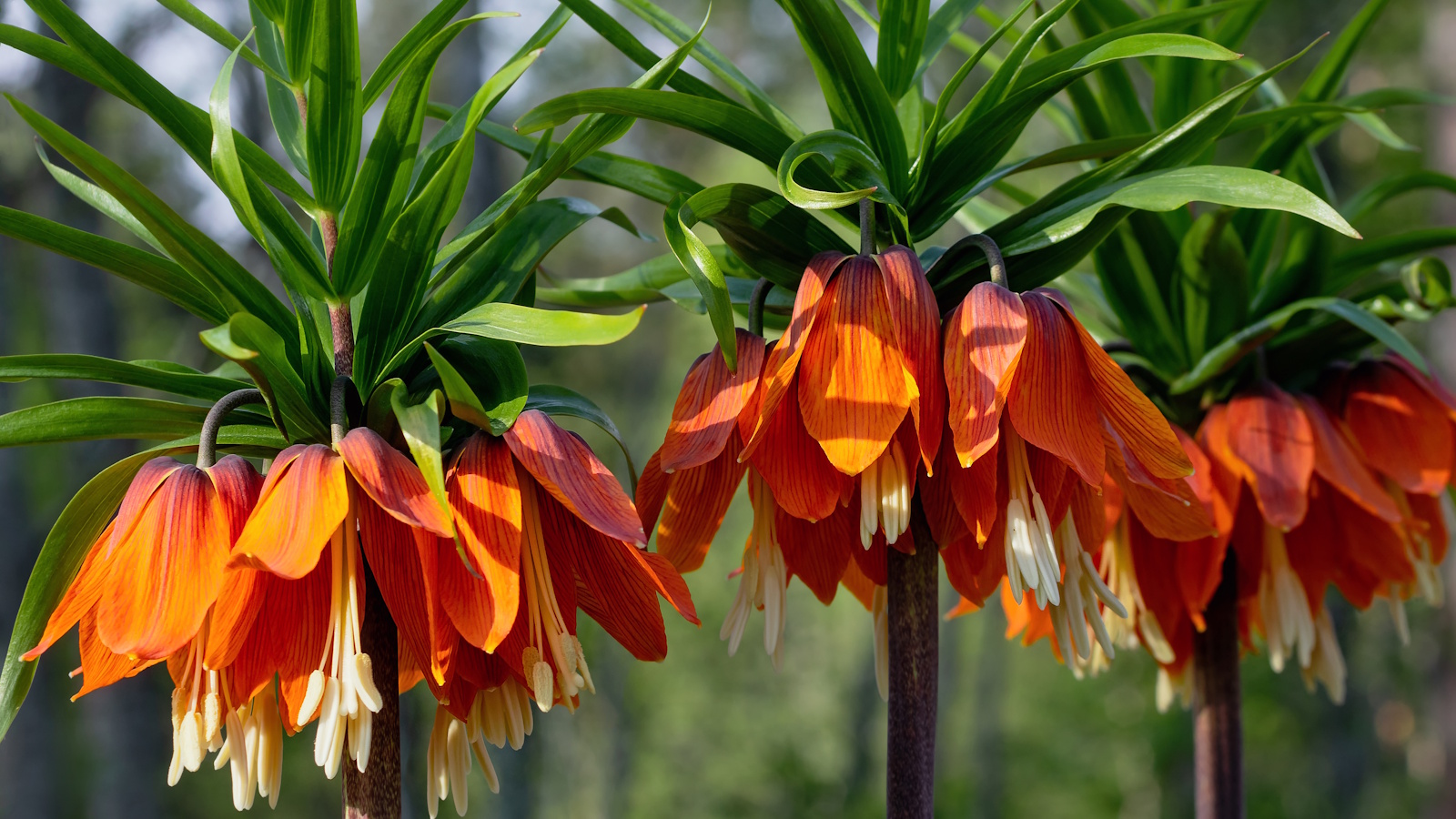 Worst-smelling plants to avoid – experts reveal 5 pungent species and suggest perfumed options to grow instead
Worst-smelling plants to avoid – experts reveal 5 pungent species and suggest perfumed options to grow insteadThese are some of the worst-smelling plants that can cause quite a stink
By Thomas Rutter Published
-
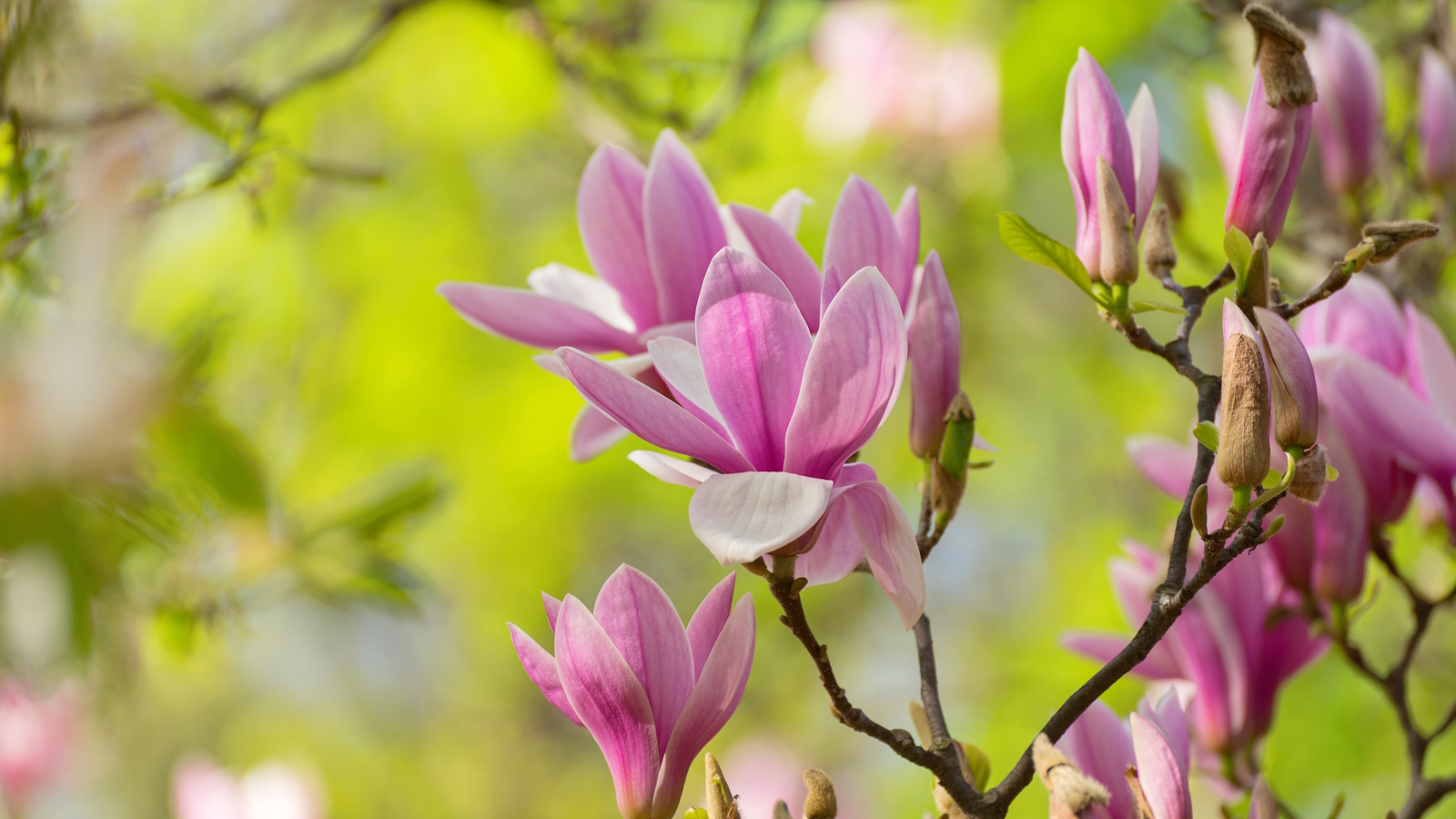 How to fertilize magnolias – garden experts reveal the secrets to better blooming, and timing is critical
How to fertilize magnolias – garden experts reveal the secrets to better blooming, and timing is criticalMagnolias are famed for their spring flowers, and feeding at the right time can give trees a boost
By Thomas Rutter Published
-
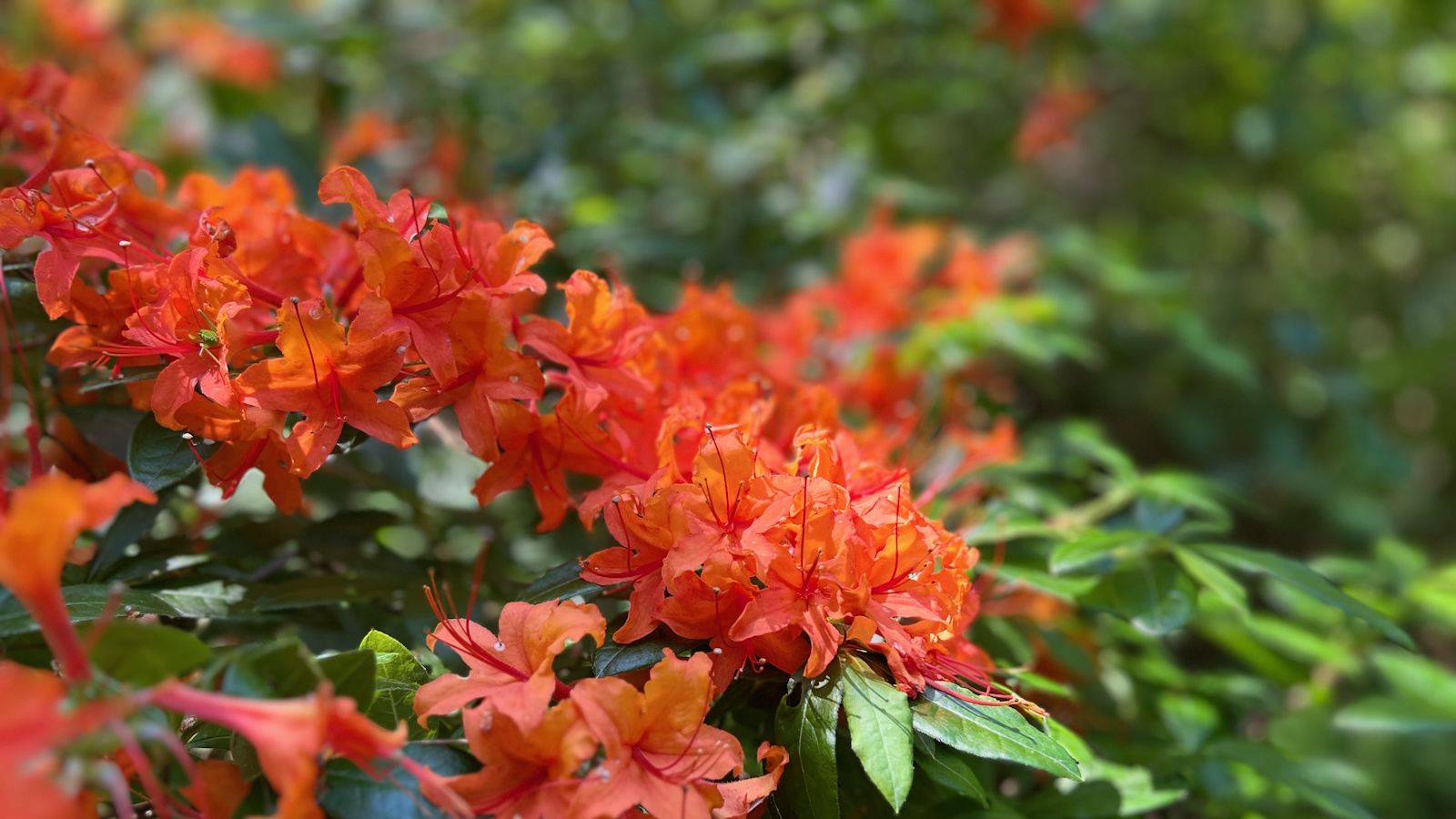 How to revive old rhododendron plants – pruning advice from a professional gardener to save your struggling shrubs
How to revive old rhododendron plants – pruning advice from a professional gardener to save your struggling shrubsWith the right pruning approach, you can rejuvenate old and woody rhododendrons
By Thomas Rutter Published
-
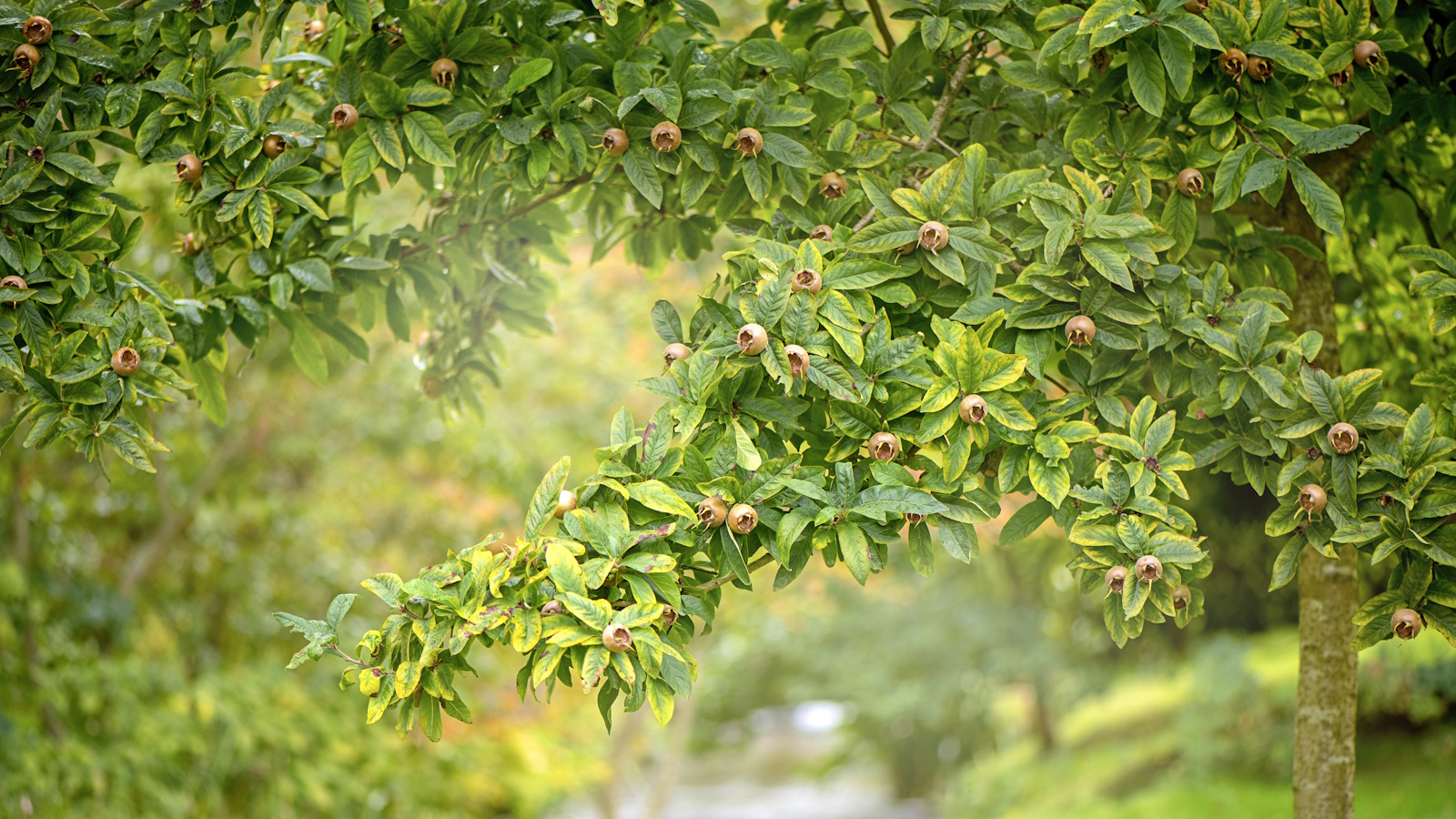 How to grow medlar trees – to enjoy a harvest of unusual fruits from this forgotten heritage species
How to grow medlar trees – to enjoy a harvest of unusual fruits from this forgotten heritage speciesMedlar fruits were once a popular delicacy, yet today, they are a rare find
By Thomas Rutter Published
-
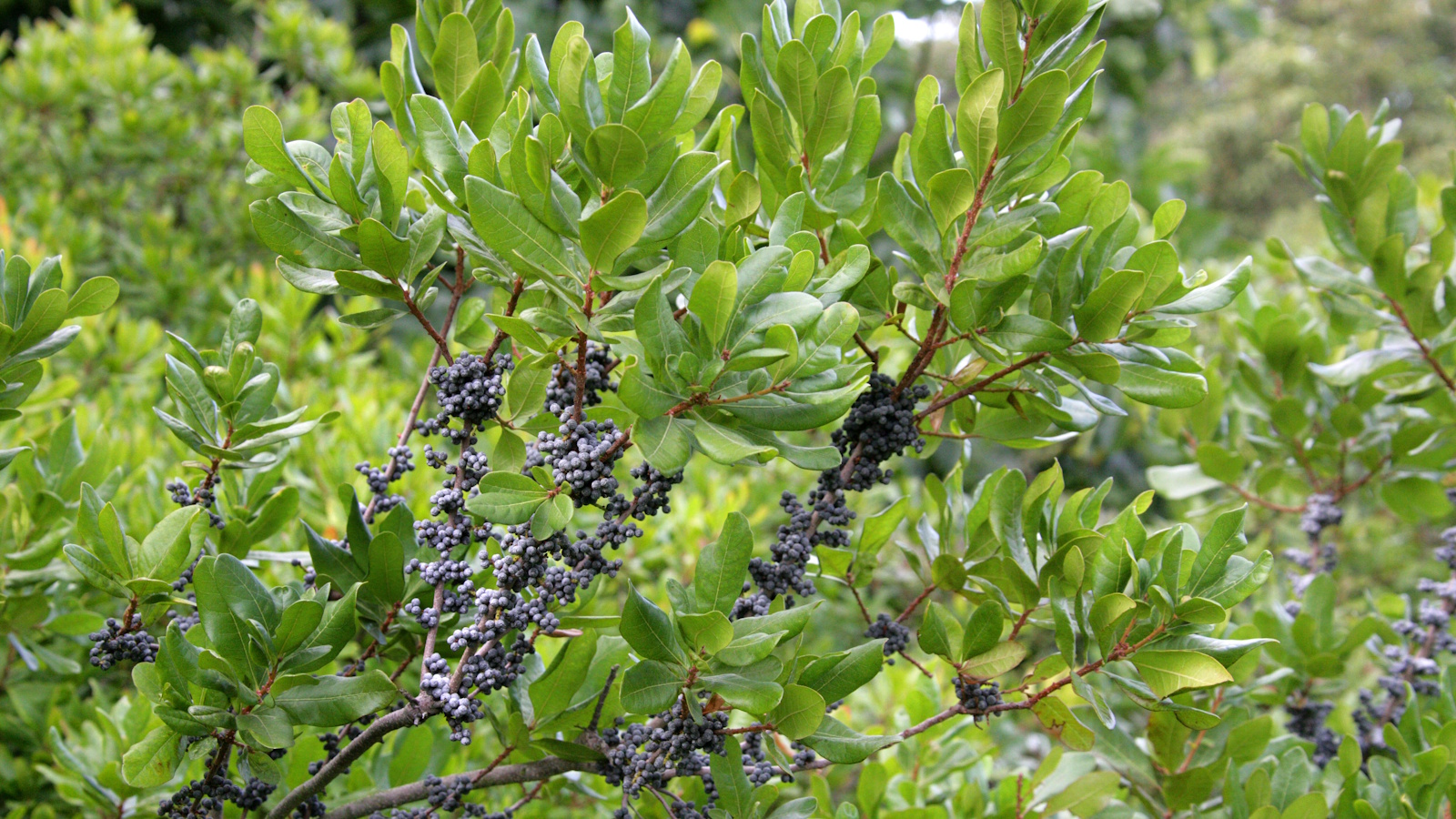 Best fragrant shrubs – 5 perfumed plants to transform garden borders and pot displays this summer
Best fragrant shrubs – 5 perfumed plants to transform garden borders and pot displays this summerGrow one or more of the best fragrant shrubs to add a sensory element to your yard
By Thomas Rutter Published
-
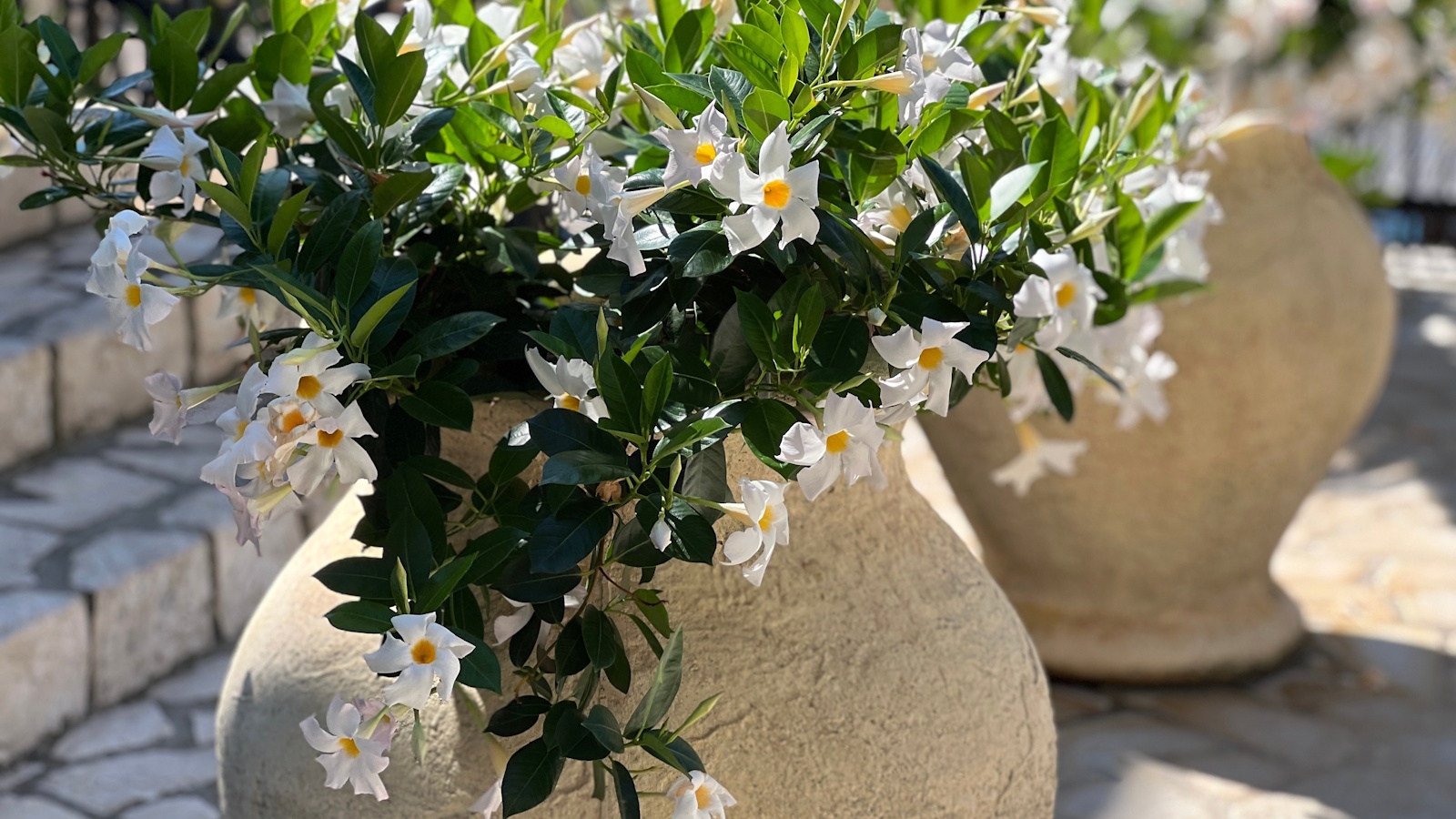 How to grow mandevilla in pots – and elevate your outside space with impactful tropical flowers this summer
How to grow mandevilla in pots – and elevate your outside space with impactful tropical flowers this summerLearning how to grow mandevilla in pots will add a colorful and vertical accent to any size plot
By Thomas Rutter Published
